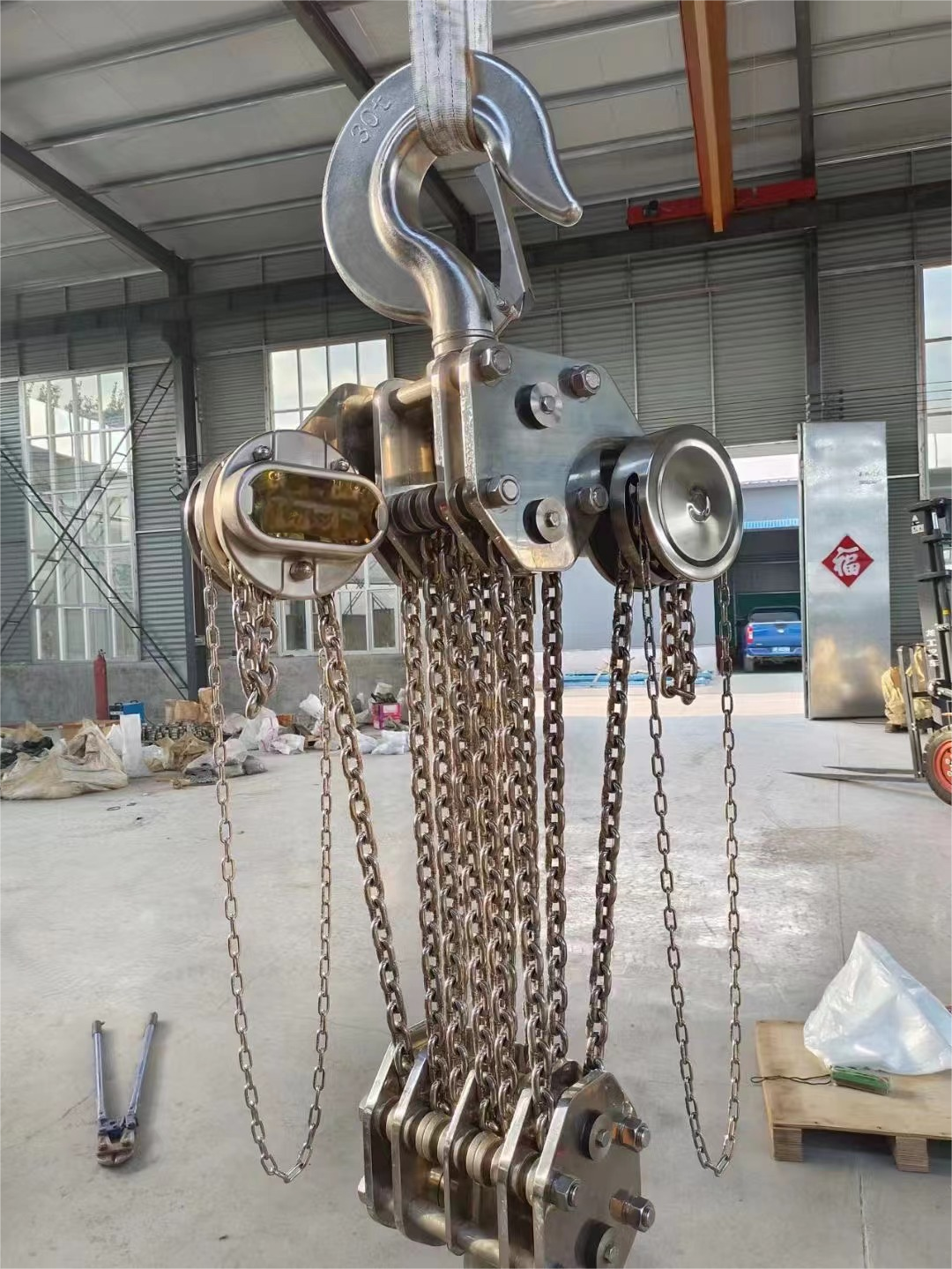Our staff will contact you within 12 hours, You can also contact us through the following ways:
Contact US WhatsApp: +86 18766656705
- Email: [email protected]
- Tel: +86 18766656705
- Web: www.lifting-chain.com
Chain slings are essential rigging hardware in industries worldwide, yet their misuse or poor maintenance frequently causes disastrous failure. This handbook integrates metallurgical science, engineering principles, and proven-best practices to minimize sling failure hazards. We examine failure modes in 300+ industrial accidents and introduce real-world solutions that lower incident rates by 65%. Learn how novel monitoring, new materials, and organized emergency protocols maximize safety without compromising operational effectiveness.
Zone | Failure Rate | Root Causes | Material Impact |
Welded Joints | 68% | Incomplete penetration, porosity | Reduced impact toughness (-44% in HAZ) |
Contact Surfaces | 22% | Abrasion (>3% diameter loss) | Tensile strength drops 35% |
Critical Data:
·G80 Alloy Chains: Fatigue limit = 350 MPa at 10^6 cycles (ISO 18324)
·Saltwater Exposure: 316L stainless steel slings corrode 0.3mm/year (ISO 9227)
·Overload Hazards: 200% overload is responsible for 92% of G80 sling failure

(The picture shows the tensile test)
Method | Parameters | Tools | Frequency |
Magnetic Particle Testing | Surface cracks >0.2mm | UV MPI Kit | Monthly |
Ultrasonic Testing | Internal flaws >1mm | 5MHz probe | Quarterly |
Strain Monitoring | Microstrain >4,500με | RFID sensors | Real-time |
·Grease Specification: Lithium-complex grease (NLGI 2), viscosity 150 cSt @40°C
·Load Control:
·Dynamic Factor ≤1.25
·Swing Angle ≤5° by laser alignment systems

Phase | Timeframe | Actions | Equipment |
Isolation | 0-2 mins | Activate alarms, evacuate 20m radius | Strobe lights, sirens |
Stabilization | 2-5 mins | Deploy hydraulic supports (200% capacity) | Locking struts |
Transfer | 5-15 mins | Install Dyneema® slings (30t strength) | Synthetic sling kit |
Analysis | 15+ mins | 3D scan fractures (0.1mm accuracy) | Portable CMM |
Case Study: A German automaker cut downtime by 53% with this process following a 12-ton crane sling failure.
Material | Advantage | Application |
High-Entropy Alloy | Fatigue life +300% | Mining hoists |
Graphene-Enhanced Steel | Corrosion resistance +70% | Offshore rigs |
Self-Lubricating Coating | Maintenance interval ×3 | High-speed cranes |
Predictive Analytics: Predict sling lifespan to ±5% accuracy Conclusion Implementing rigorous inspection timelines and real-time monitoring cuts down lifting chain sling failure by 65%. Emerging solutions like RFID-embedded slings and predictive maintenance software save downtime 40% and improve OSHA compliance. Always implement ASME B30.9 standards, conduct bi-annual emergency drills, and convert to fatigue-resistant alloys for critical operations. For technical consultation on certified lifting chain slings, call our engineering team at +86 18766656705.